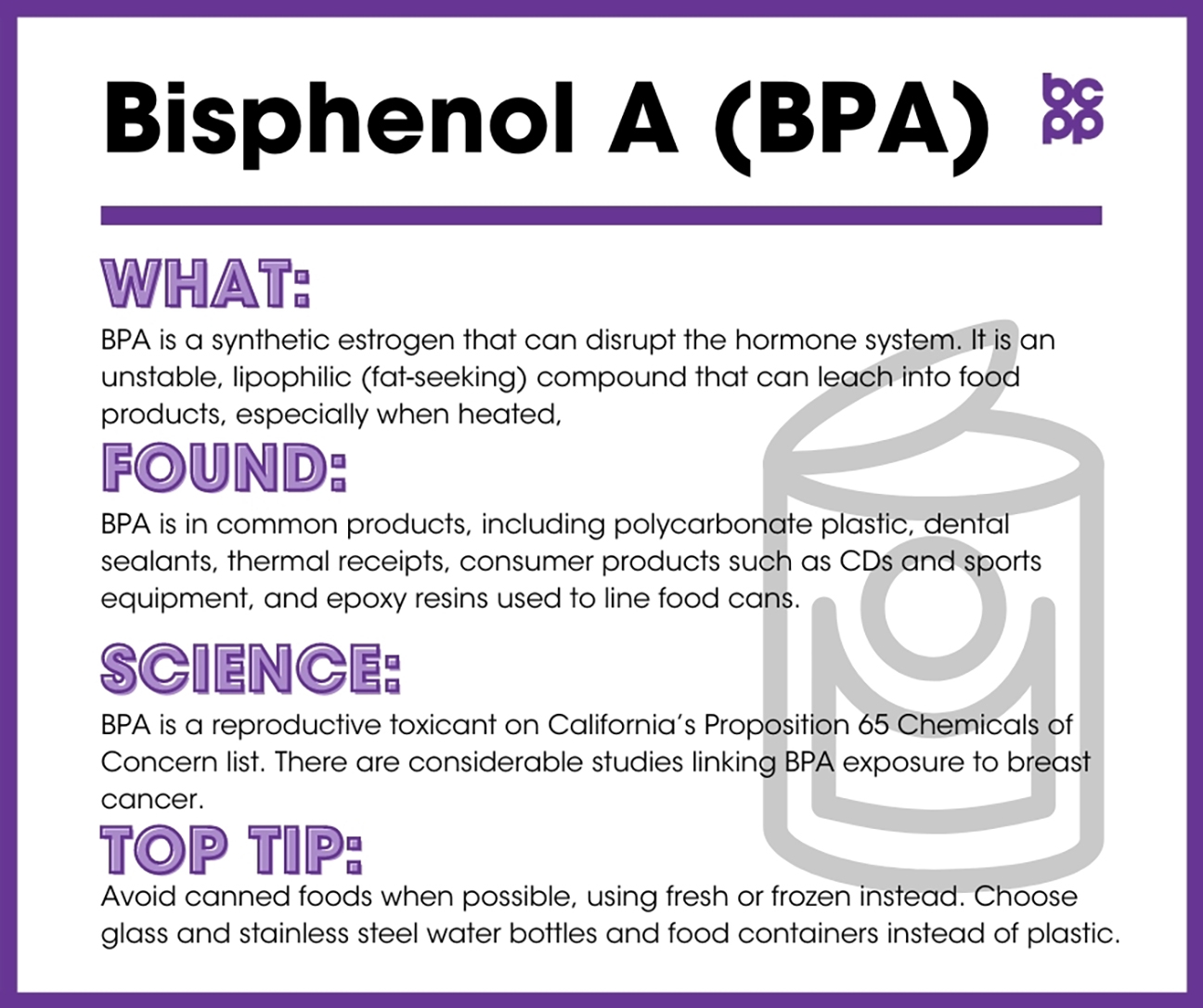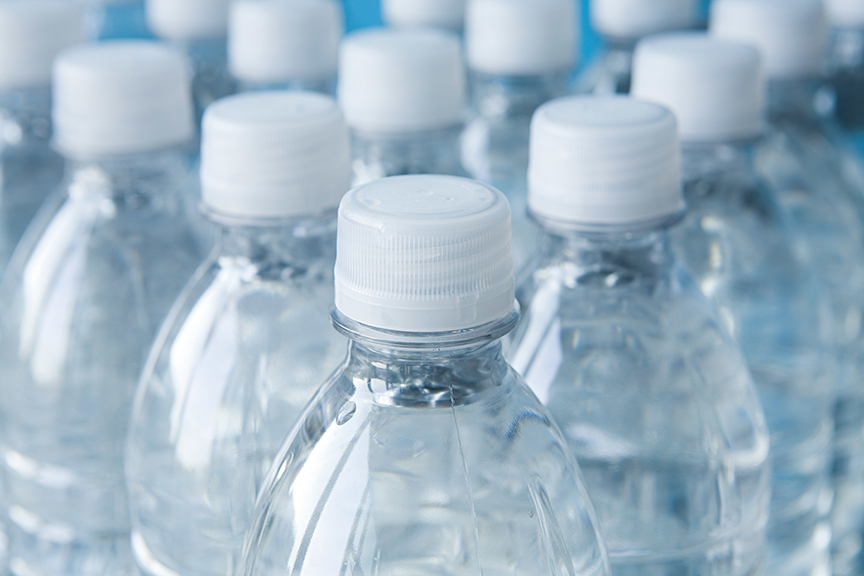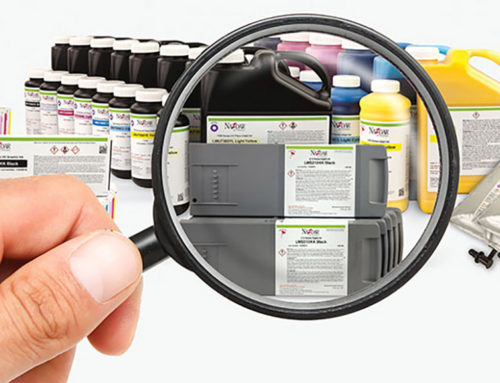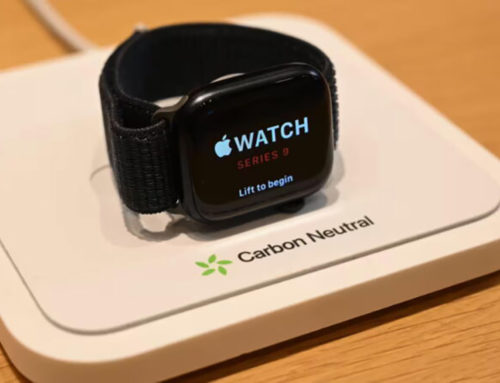In an age where plastic has seamlessly woven itself into the fabric of modern life, an invisible adversary lurks—Bisphenol-A (BPA). Recent revelations indicate that our exposure to this common plastic additive, associated with breast cancer and obesity, has likely surpassed health thresholds established by governments worldwide. The consequences of this overexposure are far-reaching, raising substantial concerns for our well-being.
The European Environment Agency has sounded the alarm, drawing attention to research data that suggests we have crossed a perilous threshold. The agency’s findings have illuminated the extent of the problem—our exposure to BPA exceeds safe health limits. This revelation is not confined to a specific region; it encompasses the entire European population, and indeed, anyone who frequently encounters plastic.
A significant study cited by the agency underlines the severity of the issue. It revealed that participants from 11 European countries, included in a biomonitoring study, exhibited BPA exposure levels surpassing safety thresholds. BPA, scientifically known as bisphenol-A, plays a pivotal role in hardening plastics and finds its way into numerous products, ranging from reusable water bottles and plastic food containers to sports equipment. It also features prominently in epoxies, resins, and even canned food liners. The familiar gritty texture of a thermal paper sales receipt? That’s the touch of BPA.

Leena Ylä-Mononen, the European Environmental Agency’s Executive Director, left no room for ambiguity in her statement. She underscored the gravity of the situation, stating that BPA poses a much larger health risk than previously believed. Urgent action is necessary at the EU level to mitigate exposure to chemicals that jeopardize the health of Europeans.
In response, EU regulators are taking decisive measures to reduce BPA exposure. Among them is a proposal to drastically reduce the accepted BPA exposure level in food contact materials—a reduction of nearly 20,000-fold. This move would essentially phase out the product from these materials.
A stark disparity emerges when comparing the EU’s response to the United States’ stance on BPA. In the EU, stringent measures aim to safeguard public health by dramatically lowering BPA exposure. In contrast, the United States maintains an astonishingly high safe daily exposure level for BPA, a threshold set back in 1988 and currently exceeding European recommendations by a staggering 250,000 times.
What’s even more concerning is the suspicion among researchers that current methods for measuring BPA in our bodies might drastically underestimate actual exposure levels. This revelation carries profound implications for public health. The U.S. Food and Drug Administration (FDA) has long held the belief that BPA is safe, primarily because it asserts that human exposure is “negligible.”
As the world grapples with the invisible threat of BPA overexposure, we find ourselves at a pivotal crossroads. The urgency to address this issue cannot be overstated. It demands collective action, stringent regulations, and a commitment to safeguarding our health and the health of future generations. The time to confront this silent adversary is now, for the sake of our well-being and the planet we call home.






